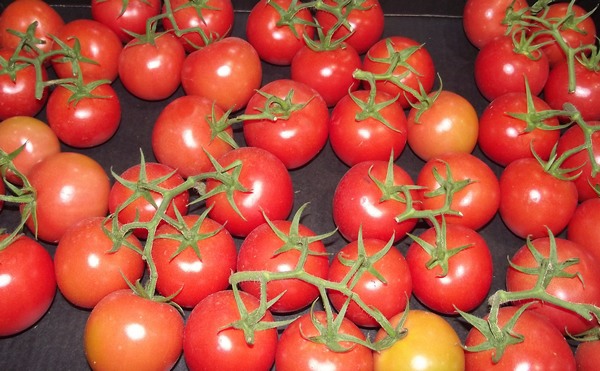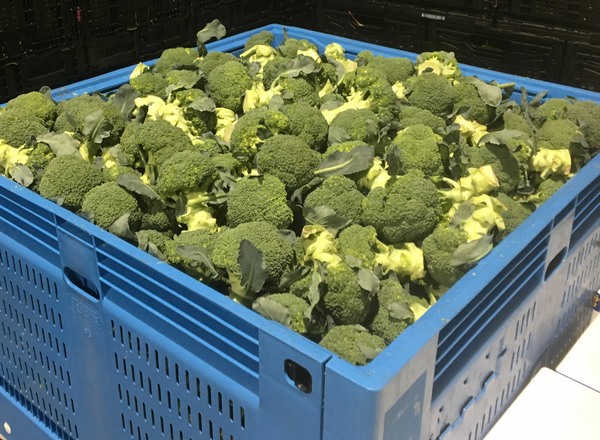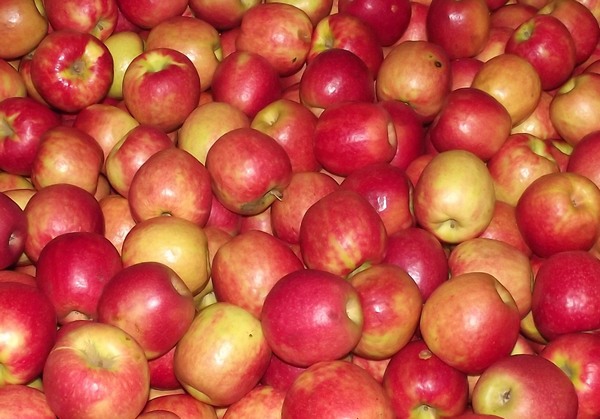In a year affected by the COVID-19 pandemic, there was some positive export value growth at state level for Australian fruits and vegetables, with figures rising in at least two states.
The Queensland Government Statistician’s Office reported that fruits and vegetables were up 24.5 per cent (AU$185m) to $939.2million for the 2021 calendar year, while Tasmanian fruit and vegetable exports were up by 15.3 per cent ($12m) to $90million, according to the Tasmanian Government's Economic Policy Branch.
Nationally, exports of Vegetables and Fruit in Australia remained unchanged between November and December 2021, according to the latest figures from the Australian Bureau of Statistics. International supply remained steady at $324million, after reaching a high of $535million in August, which was the highest export value month since 2017.

ABARES also updated the Agricultural Commodity Statistics for the 2020-21 financial year, which showed that fruit production in Australia was slightly down in value to $5.675billion, while vegetable production was slightly higher at $4.258billion. That was also seen in terms of export values, with fruit trade down by more than 17 per cent, to $1.36billion, and vegetable exports down by nearly six per cent to $452.4million.
Exports across most fruit commodities were also down in terms of export values; oranges $251.72m (-13%), mandarins $148.22m (-25%), pears $13.53m (-16%) and apples $5.91m (-21%).
While the export value of vegetables were mixed, with slight decreases for; potatoes to $62.33m (-3%), onions $31.02m (-0.25%) and lettuce $9.24m (-17%). But there were increases for carrots $97.04m (+6%), fresh tomatoes $3.62m (+25%), processed tomatoes $31.78m (+39%) and mushrooms $9.88 (+7%).

Throughout the past 12 months when this data was collected, almost all Australian exporters have run into increased costs and logistical problems with freight out of the country, due to the fallout of the COVID-19 pandemic. The Australian government introduced the International Freight Assistance Mechanism (IFAM), which is a targeted, temporary emergency measure aimed at keeping international freight routes and flights operating into and out of Australia when commercial flights were cancelled. That has meant fresh produce companies have had to plan, adjust and target their transport schedules, and some have just had to export less volume, to adjust to the new global trading environment. IFAM is expected to continue until mid-2022.
At the same time as export values dropped, import values were both up according to the Agricultural Commodity Statistics; by six per cent for fruit to $1.407billion and 37 per cent for vegetables to $1.620billion - despite most fruit and vegetable categories were importing less volume.

Australia does not export recordable quantities of bananas, with production dropping from 372,430 tonnes to 354,020 tonnes, but that was less than a one per cent decrease in value to $642.96m.
To access the data from ABARES Agricultural Commodity Statistics, click here.










